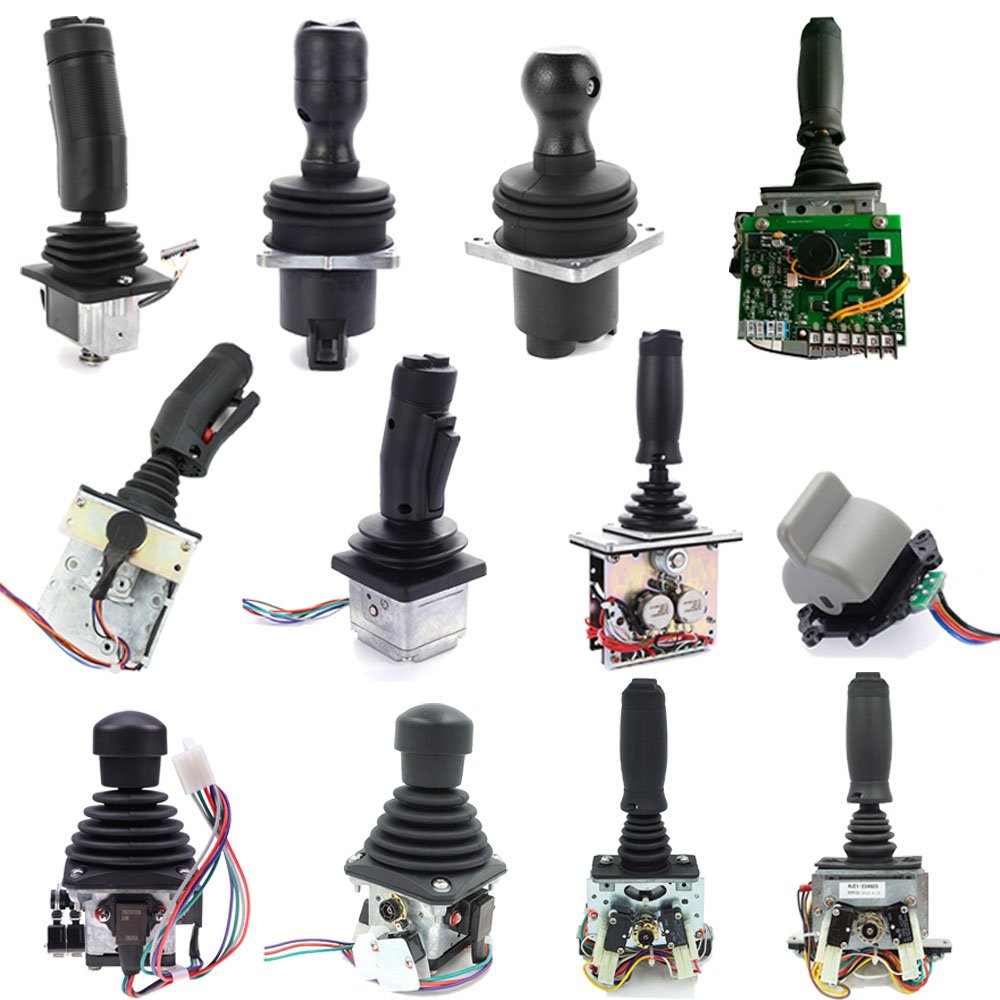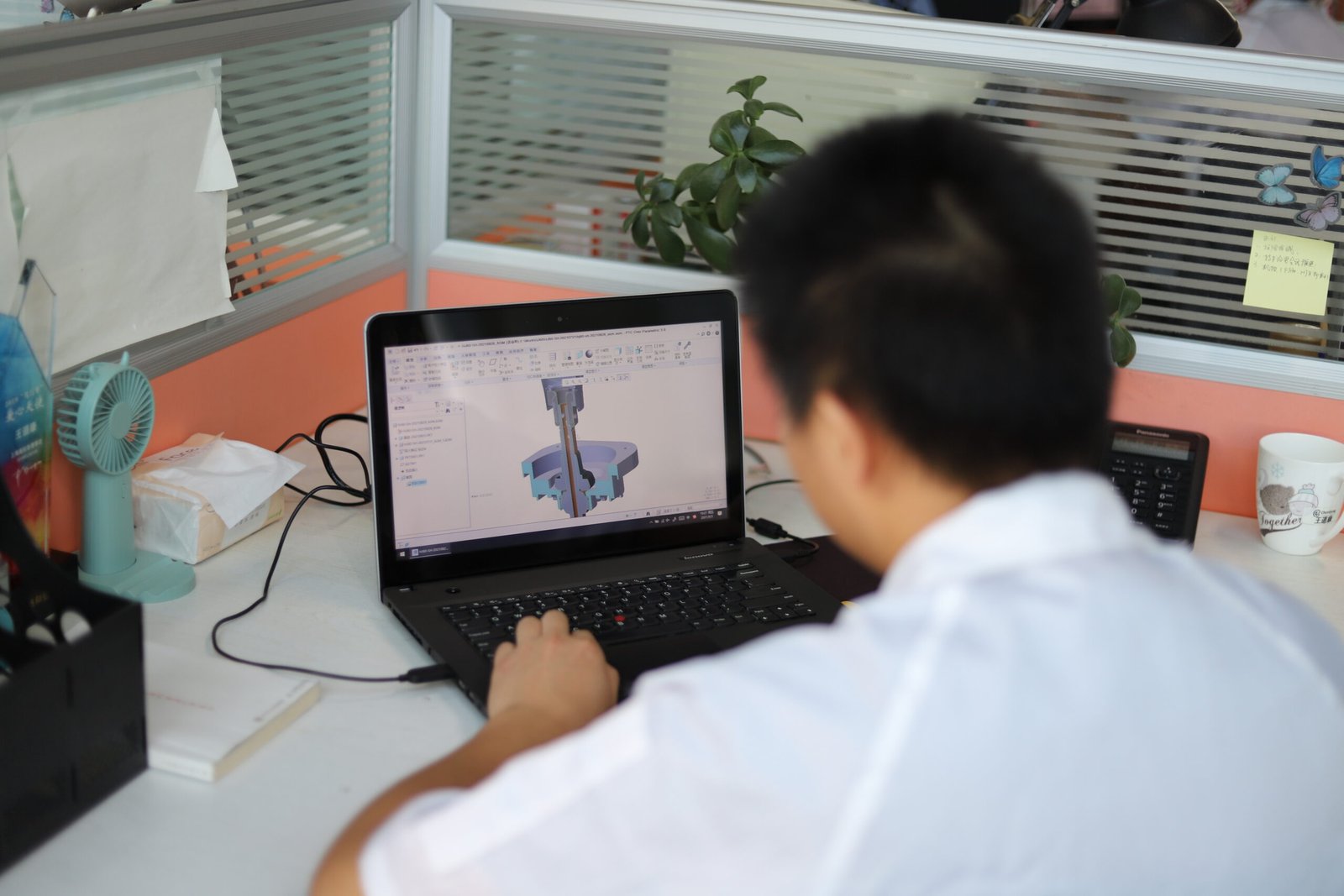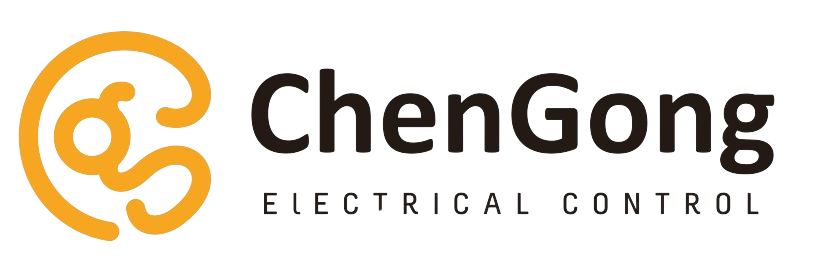In the field of industrial automation and control, industrial joysticks and joystick controllers are critical devices for human-machine interaction, widely used in engineering machinery, agricultural machinery, port equipment, industrial robots, and medical devices. When these precision equipment’s original industrial controls malfunction or require upgrades, choosing high-quality alternatives from the aftermarket is often a wiser decision than directly replacing them with original OEM joysticks. This article details the core advantages of industrial aftermarket joysticks compared to original OEM joystick controllers.

1. Cost-Effectiveness: Significantly Reduces Procurement and Inventory Costs
This is the most direct and attractive advantage of aftermarket joysticks.
Procurement Price Advantage: Original OEM joysticks are typically expensive, incorporating brand premiums, exclusive mold costs, and higher after-sales service expenses. In contrast, professional aftermarket joystick manufacturers achieve economies of scale and focus on core components, offering products with identical or even superior functionality at a much lower price.
Inventory Cost Optimization: For end-users or maintenance service providers with large equipment inventories, stocking various models of original joysticks represents significant capital commitment and inventory pressure. Aftermarket joysticks often boast better versatility and compatibility. A single aftermarket joystick controller might be compatible with multiple brands of equipment through adapters or programmable designs, greatly simplifying spare parts management.

2. Delivery Cycle: Significantly Shortens Equipment Downtime
Time is money, and equipment downtime translates to substantial production losses.
Bottlenecks with Original Joysticks: Ordering original OEM joysticks often involves cumbersome processes. If models are discontinued or require overseas shipping, delivery times can stretch to several weeks or even months.
Flexibility of Aftermarket Joysticks: Professional industrial aftermarket joystick manufacturers usually maintain substantial inventory and can respond quickly to orders, with delivery times measured in “days” rather than “weeks.” This drastically reduces equipment downtime awaiting repairs, ensuring continuity of production operations.

3. Performance and Customization: Solutions Tailored to Actual Working Conditions
The aftermarket doesn’t just imitate; it optimizes and innovates based on a deep understanding of industry needs for industrial joystick controls.
Performance Upgrades: Aftermarket joysticks can offer higher protection ratings (IP ratings), such as superior waterproofing, dust resistance, and oil resistance, adapting to harsher working conditions. Furthermore, improvements can be made in materials (e.g., using more wear-resistant metal shells), ergonomics, force feedback, and control precision for joystick controllers.
Deep Customization: This is an advantage unmatched by original OEMs. Users can customize industrial joysticks based on needs:
- Interfaces and Protocols: Adapt to different equipment communication protocols (e.g., CAN bus, J1939, Profibus) and electrical interfaces.
- Function Buttons and Control Levers: Add, remove, or reposition function buttons, emergency stop switches, mushroom head buttons, or high-precision control levers.
- Appearance and Labeling: Change colors to match equipment or print proprietary logos and scales.
- Cable Length and Connectors: Customize cables of specific lengths and connector types for easy field installation.

4. Compatibility and Interoperability: Breaking Down Brand Technical Barriers
Original OEM joystick controllers are designed for specific brand equipment, creating a technical closed loop. High-quality aftermarket industrial joysticks are designed with openness and compatibility in mind.
- Breaking Monopolies: Aftermarket joystick manufacturers dedicate efforts to studying the interface protocols and installation dimensions of mainstream brands, providing “one-joystick-fits-multiple” solutions, helping users break free from reliance on a single original brand.
- Retrofitting and Upgrading Old Equipment: For aging equipment, original joysticks may have long been discontinued. Aftermarket joysticks and controllers are the best option for keeping these machines operational, and can even bring new control experiences and functions to old equipment through joystick upgrades.
5. Technical Service and Support: Faster, More Professional Response
- Limitations of Original Support: Original manufacturer technical support for OEM joysticks usually prioritizes whole machine sales. Support for spare parts may be slower and more costly.
- Expertise of Aftermarket Service: Suppliers specializing in industrial aftermarket joysticks and joystick controllers typically possess deeper accumulated application knowledge. They can provide more targeted selection advice, installation guidance, and troubleshooting services for different industries and equipment, with responses being more rapid and flexible.

Conclusion: Rational Decision-Making, Priority on Value
When selecting industrial joysticks, it is crucial to discard the inherent mindset that “original is best” and make a rational evaluation. For users prioritizing cost control, delivery efficiency, customization needs, equipment compatibility, and ongoing technical support, choosing a reputable and technologically mature industrial aftermarket joystick or joystick controller supplier is undoubtedly a wiser and more valuable choice than purchasing original OEM joysticks.
An excellent industrial aftermarket joystick is not merely a “replacement” for the original product but an “upgraded product” optimized and innovated based on market practices. It can tangibly enhance a company’s operational efficiency and economic benefits by providing a superior industrial control solution.Welcome to sonsult!
